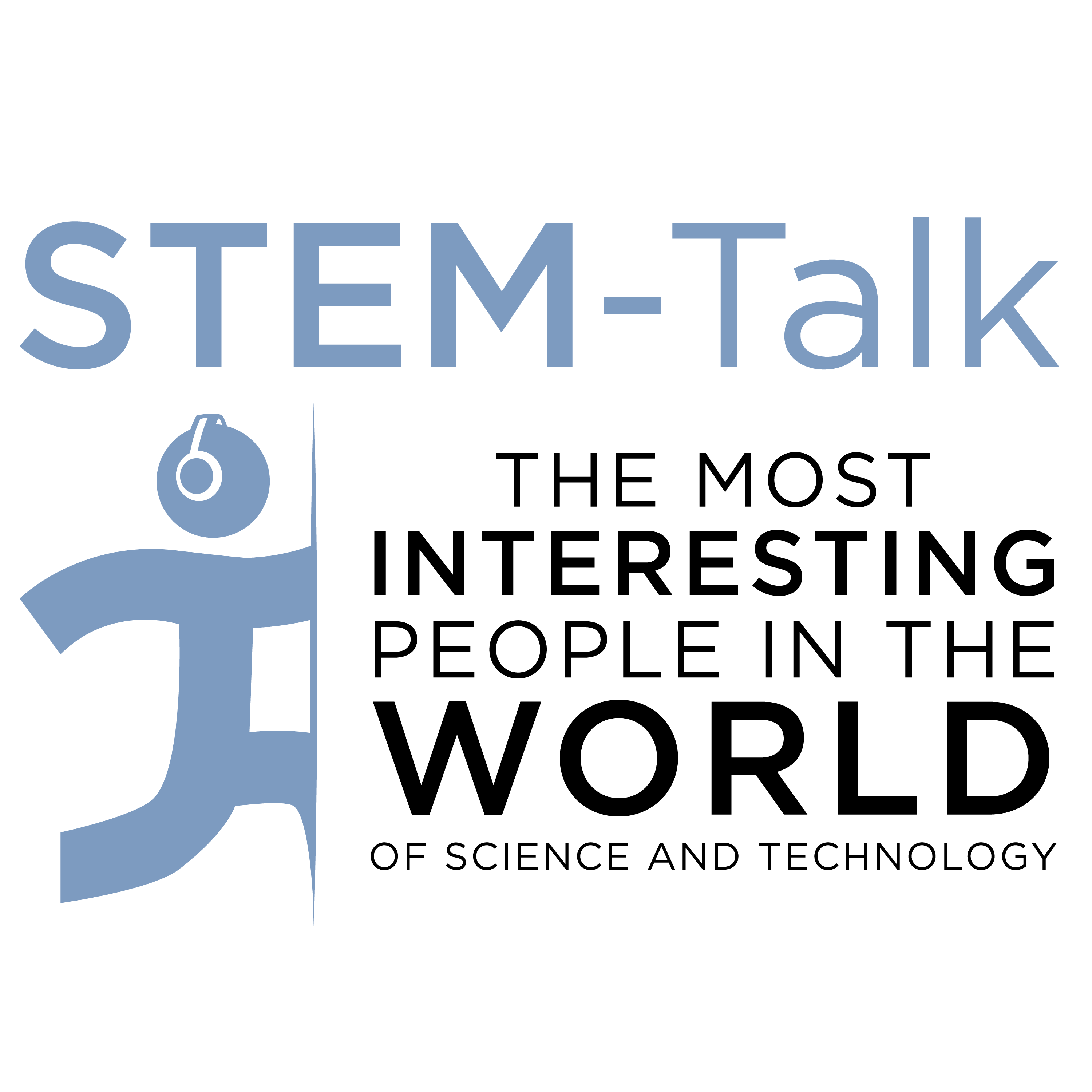

…
STEM-Talk
The most interesting people in the world of science and technology
The most interesting people in the world of science and technology
All
Progress
Duration
Release Date


…
The most interesting people in the world of science and technology
The most interesting people in the world of science and technology
Progress
Duration
Release Date